Meal, Ready to Eat (MRE) meals provide athletes with a strategic advantage and outdoor enthusiasts with a balanced energy boost for most outdoor activities. This guide provides readers with a comprehensive look at MRE meals, the markets they serve, their characteristics, and how they can be leveraged for a healthy and successful active lifestyle.
Table of Contents:
• What is an MRE meal?
• The rising popularity of MRE meals in sports
• Are MRE meals suitable for athletes?
• How to select the best MRE meals for your needs
• Utilizing MRE meals: Tips and tricks for athletes
• Conclusion
What is an MRE meal?
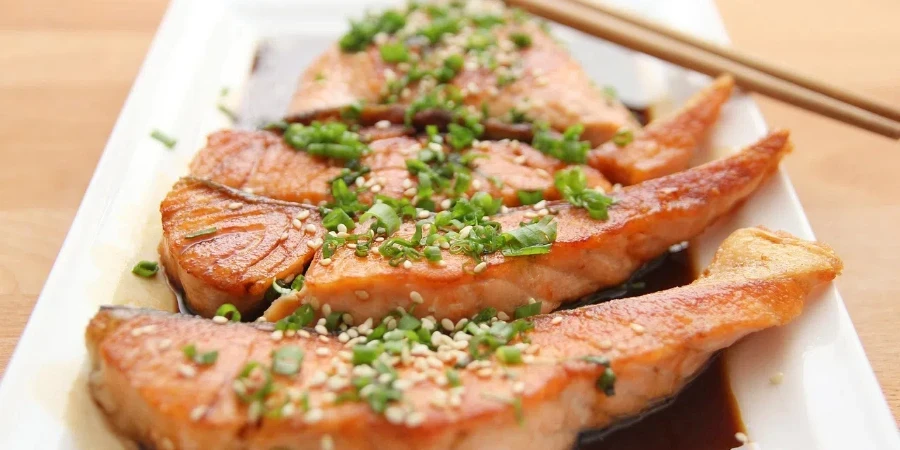
food, salmon, teriyaki
The technology behind MREs is also fascinating: while conventional refrigeration is foregone, the aim is to preserve quality and safety through processing methods and packaging. For instance, retort packaging is a form of flexible food packaging that can be pouched or sealed. The packaging stays intact even during sterilisation at high temperatures, which maintains the quality of the food packed inside for years. By retaining the flavour, nutrients and calories, it helps to keep a person active, preventing a drop in energy levels even during intense physical activity. The energy levels also may be maintained through calorically dense meals.
And the meals themselves have gone through a process of evolution over the years, becoming more palatable and tasty, as well as more nutritious (at least to the extent that nutrition is measured by the nutrient-dense contents of packaged foods). Today, MRE manufacturers sell a huge variety of meals. The US Army has long relied on MREs, and regular companies have sprung up to compete with them. Whereas soldiers once had to choose between a chicken or beef entrée, today’s MRE consumer can go gluten-free or vegetarian. Manufacturers offer MREs in every dietary constraint and taste – including milk chocolate! The evolution of MREs has opened up their consumer base significantly, making them more appealing to a broader set of consumers. MREs can now be found in the hands of outdoor adventurers and endurance athletes, as well as eager buyers stockpiling food in order to be better prepared for the next time a tree falls on the power lines.
The rising popularity of MRE meals in sports
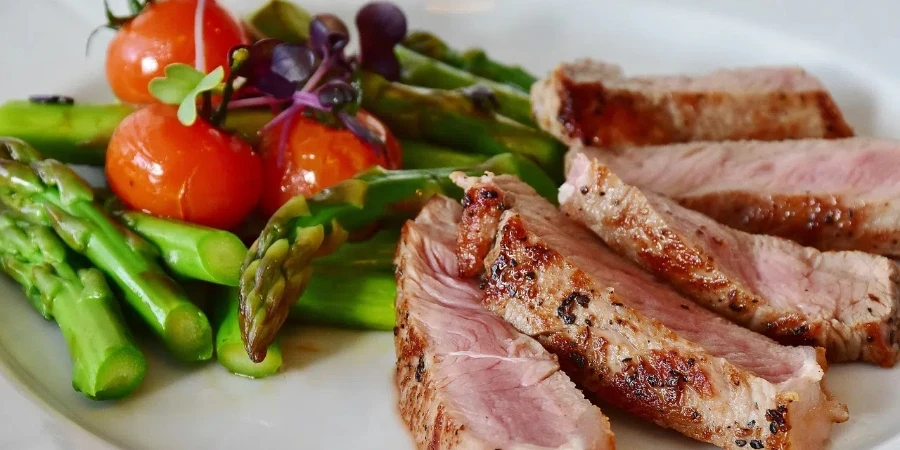
asparagus, steak, veal steak
One of the industries that saw a massive boom in utilizing MRE meal is sports and outdoor activities. Several reasons accounting for this phenomenon are improved manager’s decisions on food choices, superior taste, and freeze-dried preservation of the nutrients and other essential ingredients. Not only do MRE meals serve as a convenient way of eating for the people, such as sportspeople, who have no access to traditional foodstuff, but, also, just the thought of being outdoors adds to the thrill of consuming MRE meals. Moreover, MRE’s package has changed over the years, retaining the same space and weight with a new amazing taste and tasteful design. We cannot dispute the convenience of MRE meals in terms of their portability. Athletes and adventurers often explore the vast, uncharted territories of the earth surrounded by modern comforts and amenities, which makes away to consume traditional foodstuff nearly impossible. Meals Ready to Eat minimizes the headache associated with choosing meals while outdoors.
The nutrient composition of MREs is another reason for their popularity among athletes. Developed for soldiers in the field, MREs provide the right kind and amount of carbohydrates, proteins, fats, vitamins and minerals to sustain high levels of energy and nutrients for long periods of time. It does this through a diverse mix of food items – more than most athletes would consume – making it easier for athletes to adjust their nutrition strategies to their dietary needs and preferences.
The communal aspect of sharing MREs during expeditions or team activities may also contribute to their popularity, because athletes and adventurers can simultaneously open, heat and eat MREs, fostering teamwork. The combination of communal ritual and pragmatic accomplishments helped entrench MREs in the sports and outdoors world.
Are MRE meals suitable for athletes?

food, sambal, dish
For athletes engaged in endurance sports or in activities that occur far from civilisation or in challenging terrain, MREs have a number of advantages. This ration provides a high caloric intake, which helps maintain energy expenditure during prolonged physical activity. More importantly, the nutrient profile promotes the athlete’s wellbeing, optimising muscle repair and helping to maintain physiological equilibrium.
However, there are caveats. MREs are a ‘meal package’ and not intended to replace ‘real food’, fresh and whole. Athletes should look at MREs as part of a diet rather than a replacement for it, especially for training or for long events where eating traditional meals is not an option. Second, hydration is important. MREs are not going to provide fluids for high-intensity activities.
Another consideration is that, in some cases, athletes might actually choose their own MREs, and there is a broad enough selection of options to accommodate this. For athletes who have specific nutritional goals or need to avoid certain foods for other reasons, a careful selection can make MREs ‘work’ for their dietary needs.
How to select the best MRE meals for your needs
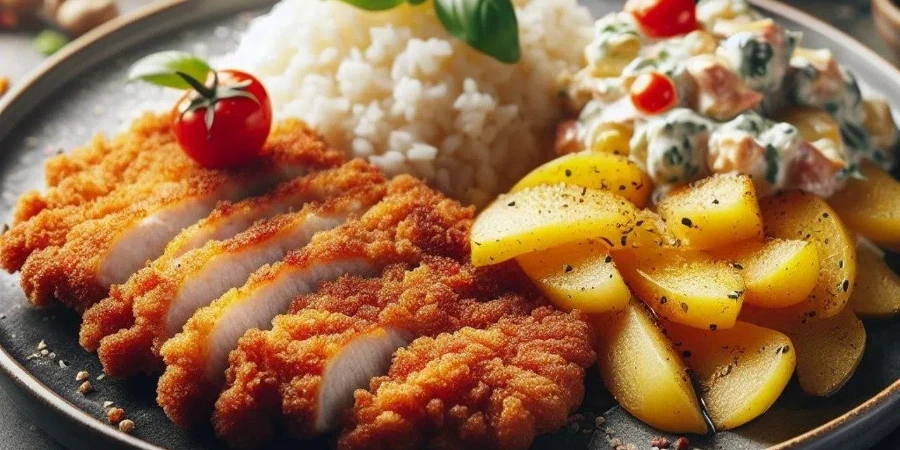
schnitzel, flesh, meal
To choose your MRE meals, you have to consider your preferences, your specific nutritional needs and the dietary restrictions that apply to you. For athletes, you should pick meals that contain the proper balance of carbohydrates, proteins and fats to supply your energy requirements and help you recover, and also try to choose a good mix so you get a range of nutrients (and don’t get tired of eating the same thing every day for weeks or even months).
Athletes with special dietary restrictions or those with food allergies will also want to read the nutritional information and the ingredients list on the packages of every MRE they encounter. More and more manufacturers are developing special meals to meet the needs of vegetarians, vegans, people with gluten sensitivities, and people with low-sodium dietary requirements. Experimenting with some of these other specialised meals is a good way for athletes to keep eating in the ways they prefer to eat, in even the most challenging circumstances.
Finally, the flavour and palatability of an MRE should be taken into account. While taste is not the most important consideration, enjoyment can play a vital role in morale and experience. Sampling MRE foods before an expedition or competition is recommended as a way for you to know what you’ll like, and to make for a more enjoyable and sustainable use of MREs in the field.
Utilizing MRE meals: Tips and tricks for athletes
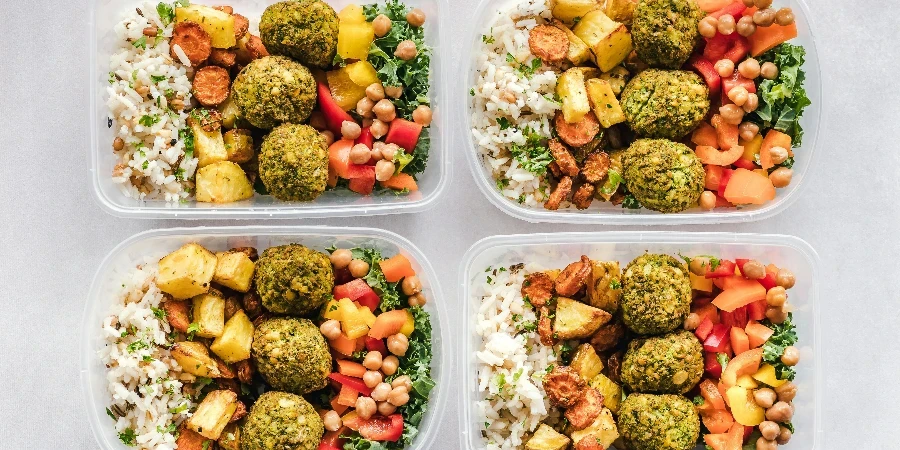
Variety of Dishes
But adding some MRE meals into an overall athletic nutrition plan does take some preparation and experimentation. Athletes have to get to know how to heat the food and test various meals during training to see what works for them and how they digest it. MREs should also be used supplementally, giving athletes a chance to blend them with natural, whole foods when possible to get a more well-rounded profile of nutrients and flavours.
Fluids are often forgotten. Planning MREs for athletes, keep in mind that even on days when training or in a race, there are fluid needs above and beyond the rehydration from the meal, and the athlete may need more fluids from water or sports drinks than the MRE will supply. Fresh fruit and vegetables or energy bars provide additional nutrition and variety.
Finally, MRE packaging must be disposed of responsibly, especially in the outdoors. In response, athletes on expeditions should both leave no trace and leave the environment better than they found it. This means packing out all trash, including MRE wrappers and heating elements, for other adventurers to enjoy!
Conclusion
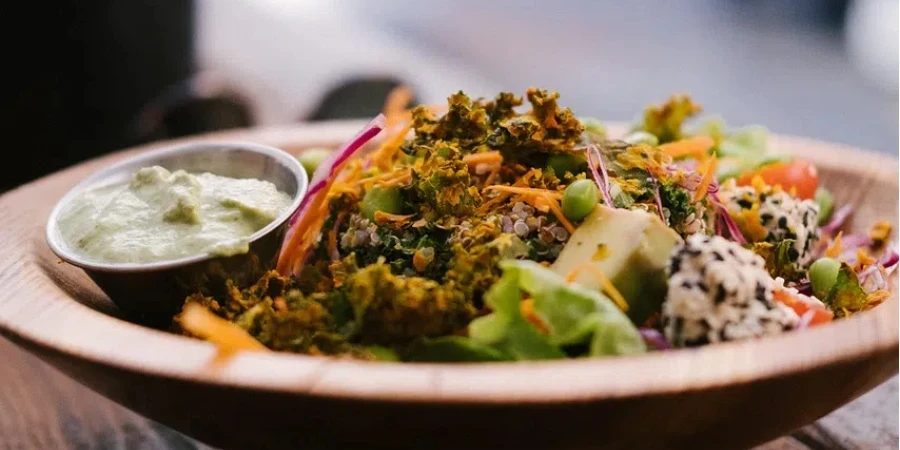
vegan, meal, dinner
MREs are also a convenient and nutritious option for athletes and other outdoor enthusiasts who are facing more everyday challenges of keeping up energy and performance in environments where access to fresh, whole foods may be limited or challenging. Because MRE meals are processed, they don’t replace the to offer for fueling a body, but a good MRE can serve as a valuable supplement for an athlete’s diet, bringing ease of use and variety to a daily nutritional strategy, while also providing the calories and nutrients necessary for energy output and recovery. When you choose the right meals and incorporate them in a thoughtful way into your nutritional strategy, you can get the most out of MREs for your body, whether you are training for a race or heading out on a long and relaxing weekend.




